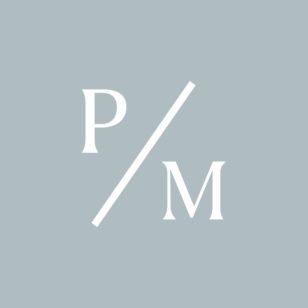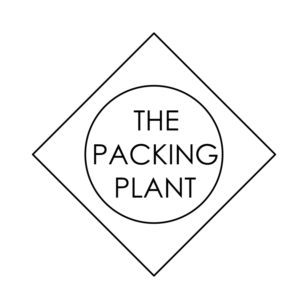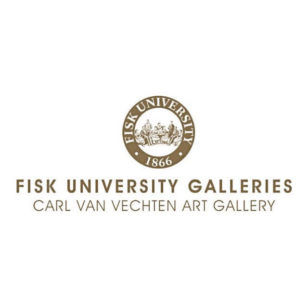INTERVIEW: NICK DEFORD
DEC. 13, 2021

INTERVIEW: NICK DEFORD
DEC. 13, 2021
Rachel Bubis: Much of your work explores occult imagery. Have you experienced anything supernatural? Has a spirit ever approached you when sewing beads onto a Ouija board (Ie: Ectoplasm (2015)?
Nick DeFord: Even though I am fascinated by the supernatural and unknown, I (sadly) have never had an unexplainable experience. I want to! I have had uncanny things happen to me, but the truth is that I am pretty skeptical of finding supernatural answers to phenomena we can't explain. It seems far-fetched to me that lights flickering on or off, or feelings of dread at odd moments, automatically get explained by the remnants of the dead. Our universe is truly strange and unknowable, vast and complex - I doubt the dead, if they linger, have any interest in us or our lighting fixtures. I choose, instead, to imagine that the things we can not explain, truly cannot be explained.
RB: Do you have any favorite Tennessee-specific myths/lore/places?
ND: The legend of the Bell Witch took place in Adams, Tennessee - which, I won't go into the full story here, but for those people reading this who don't know this story, please look it up. It's fascinatingly creepy. It's a classic witch/possession story which I feel like so many contemporary horror movies and stories draw from. Also, I like wampus cats.
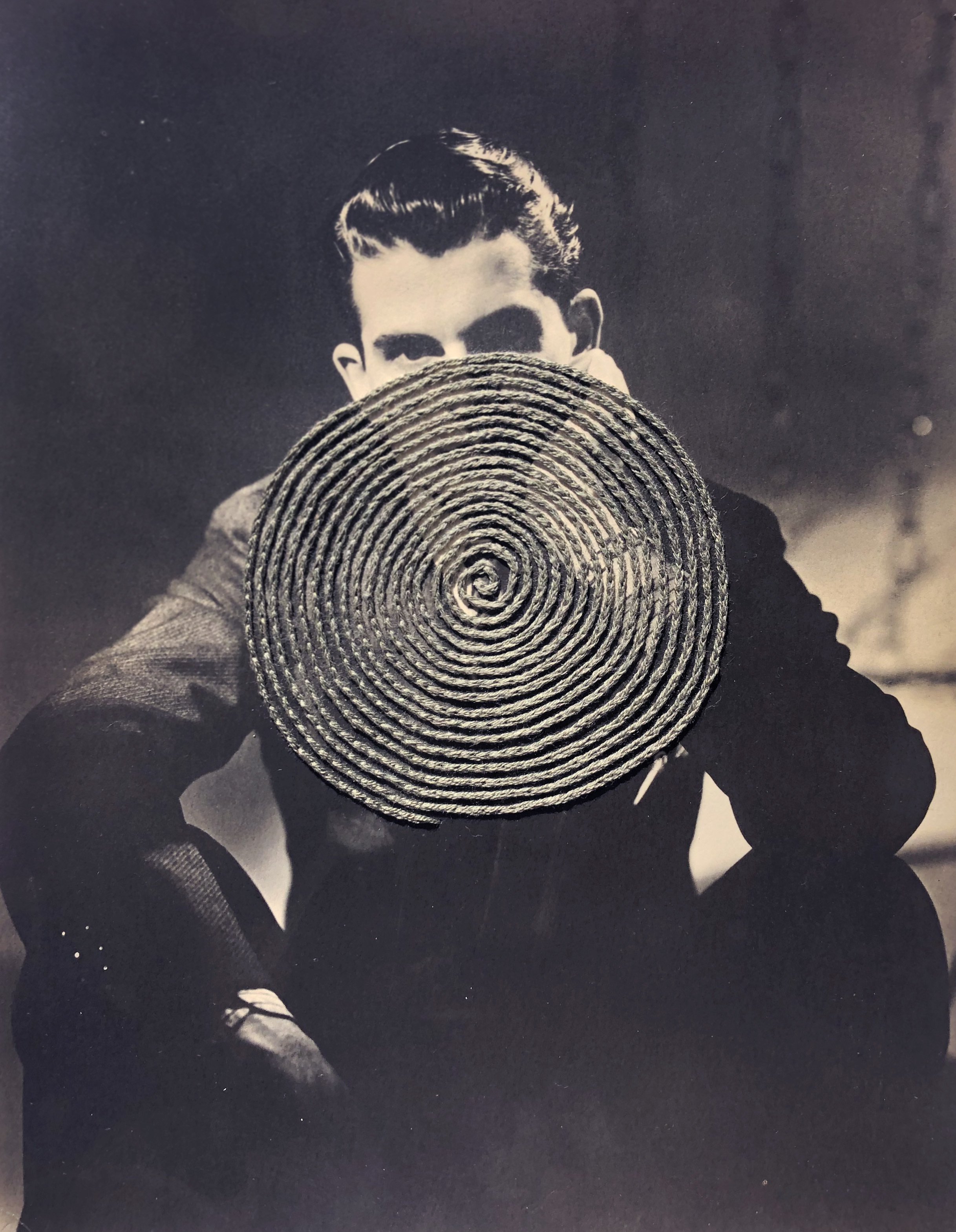
Vortex (Vile), Hand-sewn embroidery on found photograph, 9" x 7", 2018. This piece completed with the support of the Rauschenberg Residency / Rauschenberg Foundation
RB: I read that your parents owned a fabric store growing up. This seems like a natural progression to get into sewing/stitching, but what attracts you to this medium?
ND: It was a natural progression. By the time I was in college, I had boxes of fabric to use at my disposal - which I did, starting my junior year of college. It took me a few years to see the fabric as a medium I could use, but once I did, stitching became a part of my practice. I have kept attracted to it as a process because it is a more sculptural approach to drawing. So much of drawing (and painting) is applying a mark to a surface. But when you stitch, you pierce the surface, so that surface and mark become intertwined and immutable. When I stitch on paper, I cannot undo that puncture, I can't simply erase or "paint over it." That's really important to me - that the object I have at the end is alchemical in nature - the mark and surface have fused to become an object.
RB: I think of stitching as repetitive, slow and tactile. Do you find it meditative?
ND: You are definitely right that stitching is slow and repetitive! I often say that, when I am in my studio, it's work that isn't fun. I enjoy it, in a strange way, the same as people enjoy exercising, or housework - but I wouldn't call it fun. Meditation is hard for me, but something I am working on. I have generalized anxiety, so I am in my head a lot, and getting out of it is a goal. I haven't reached that point yet where my practice can do that, but I do listen to audiobooks a lot when stitching. It's a great way to keep my reading habit up.
RB: What are you thinking about while stitching over figures in old photographs? The imagery reminds me a lot of a swarm of bees..
ND: It's funny that you mention "swarm" as a term. I once was invited to be a visiting artist for a class taught by another great fiber artist, Aaron McIntosh when he was teaching a college course called Accumulate/Cluster/Swarm. Never has there been a better and more appropriate title for a fibers course, and also articulate my own interest in the processes that I employ. When those stitches obfuscate the figures in the photograph, it's more than just blanking them out - it's a network of marks/ectoplasm/energy. I don't think it's merely coincidence that swarms of insects make people uncomfortable - there's an energy that occurs when you see a complex network that you don't immediately understand.
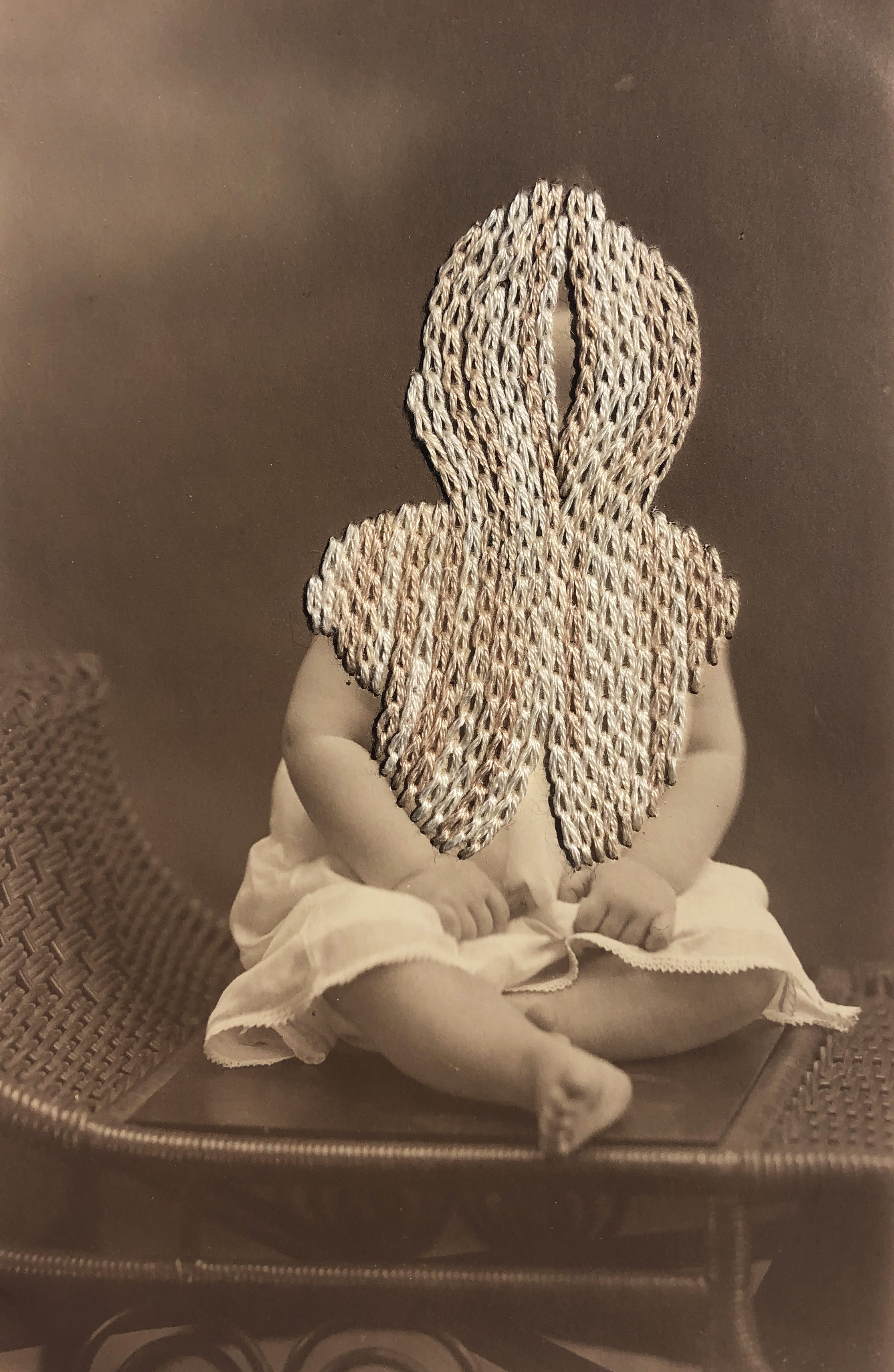
Spectre I, Hand-embroidery on found photograph, 4x6", 2019
RB: You collect maps, games and artifacts but also Bible verses and idioms such as “Give Me a Calm and Thankful Heart,” which came from a historical embroidery sampler, and “I’m not saying it wouldn’t. I’m not saying it would,” which came from a personal conversation. How do you organize these objects and phrases before using them in your work?
ND: In so many ways, I feel much more like a collector than an artist. You are right that I horde these objects, sometimes for months or years, before they ever get used. Again, my anxiety gives me the peculiar characteristic that I find calm and pleasure in simply organizing objects - all of my materials and ephemera are boxed up in plastic containers and organized. I could spend an amazing day in my studio just sorting and organizing. So, I have bins labeled "Game Boards" and other labeled "Game Pieces" and more labeled "Found Threads and Yarns". All my beads and sequins are separated by color and size. And, to some extent, the same is true for the phrases I collect. My "sketchbook" is 95% writing, and 5% drawing. The writing is mostly little snippets of thoughts and phrases that I collect, and then collage again later, into visual art pieces or other creative writing.
RB: What are you working on now and what’s next?
ND: I'm actually in the middle of a hiatus from visual artwork at the moment. 2021 seemed like a good time to take a break and reevaluate the objects that I make. But that doesn't mean I have taken a break from the creative process entirely. Related to the last question, I have been taking a creative writing course this year to reinvigorate my poetry and prose practice. It's a course taught by my friend/colleague/mentor Katey Schultz and it's been incredible. I'm hoping, eventually, to infuse more writing in my visual art practice (most of my works have some text in them somewhere), but for now I am just enjoying exploring a new medium and writing. We'll see what kind of new works come in 2022 or 2023 - it may be something completely new and different from what I've done in the past. Or, probably, more eerie embroideries (but with much better prose).
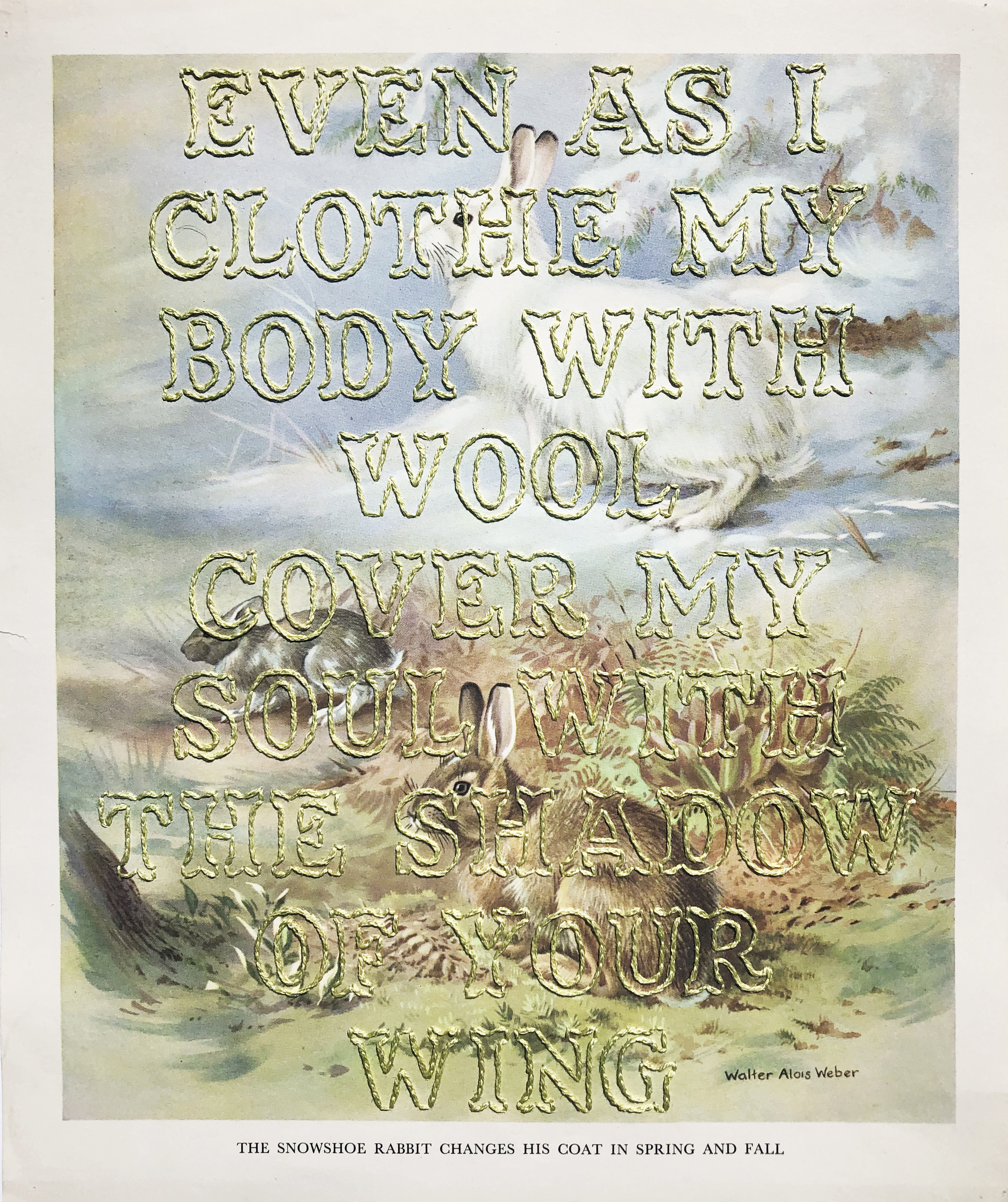
Prey II, Hand-embroidery on found paper,10x12", 2020
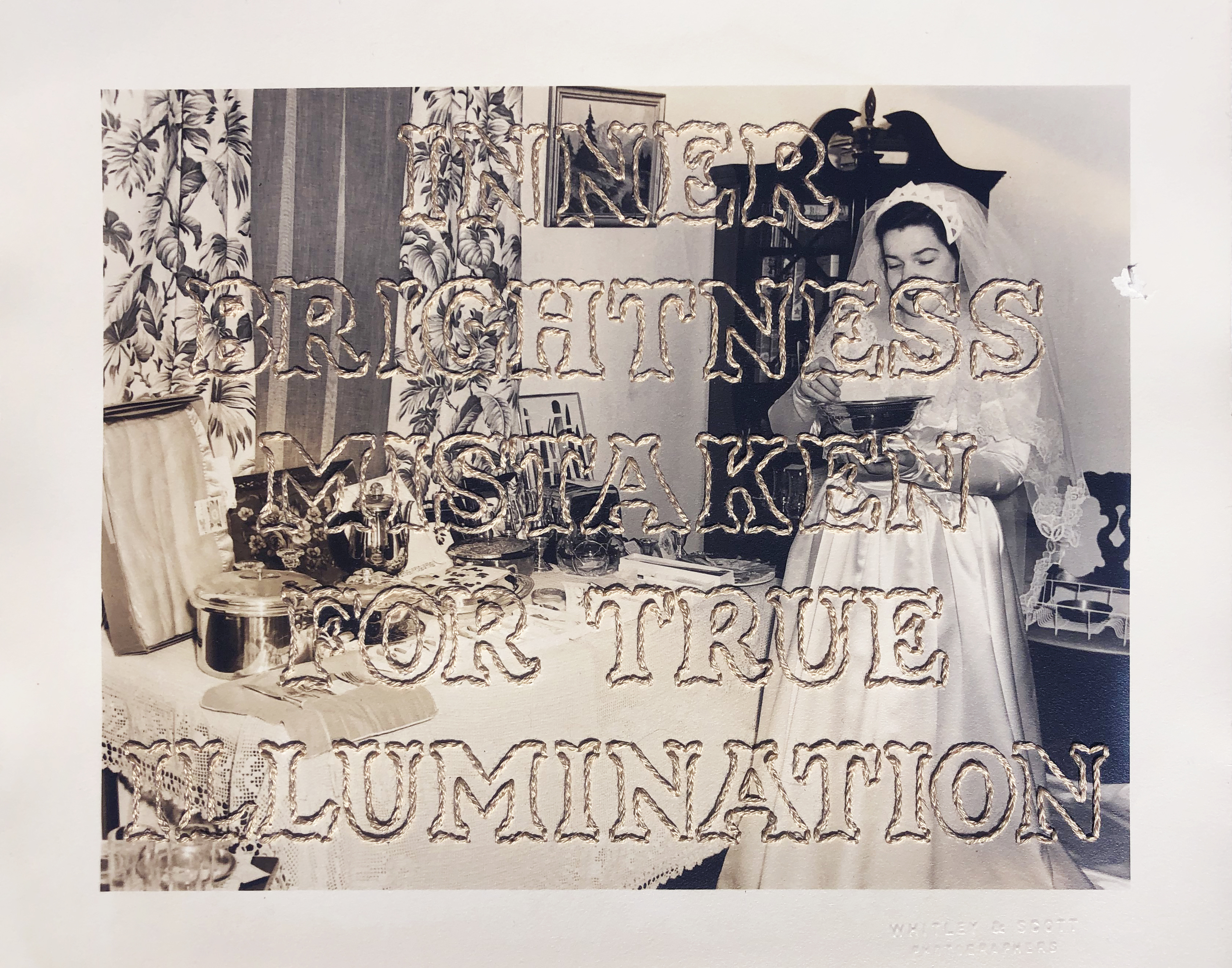
Automatic Writing (Illumination), Hand-embroidery on found photograph,10x8", 2020
Nick DeFord is an artist, educator, and arts administrator who resides in Knoxville, TN. His embroidery and mixed media work explores the visual culture of cartography, occult imagery, game boards, geographical souvenirs, and other structures of information that is altered to examine the relationship of identity, space, and place. He received his MFA from Arizona State University, and a MS and BFA from the University of Tennessee. He exhibits nationally, with exhibitions at Coastal Carolina University, The Houston Center for Contemporary Craft, University of Mississippi, Lindenwood University, and the William King Museum. He has had artwork or writing published in Surface Design Journal, Elephant Magazine, Hayden Ferry Review, and Willow Springs. Currently, Nick is the Program Director at Arrowmont School of Arts and Crafts in Tennessee, and works on his fiber art practice from his home studio.
Rachel Bubis is a Nashville-based independent arts writer, regular contributor to The Focus blog, and LocateArts.org Web + Print Manager for Tri-Star Arts.
* images courtesy of the artist
